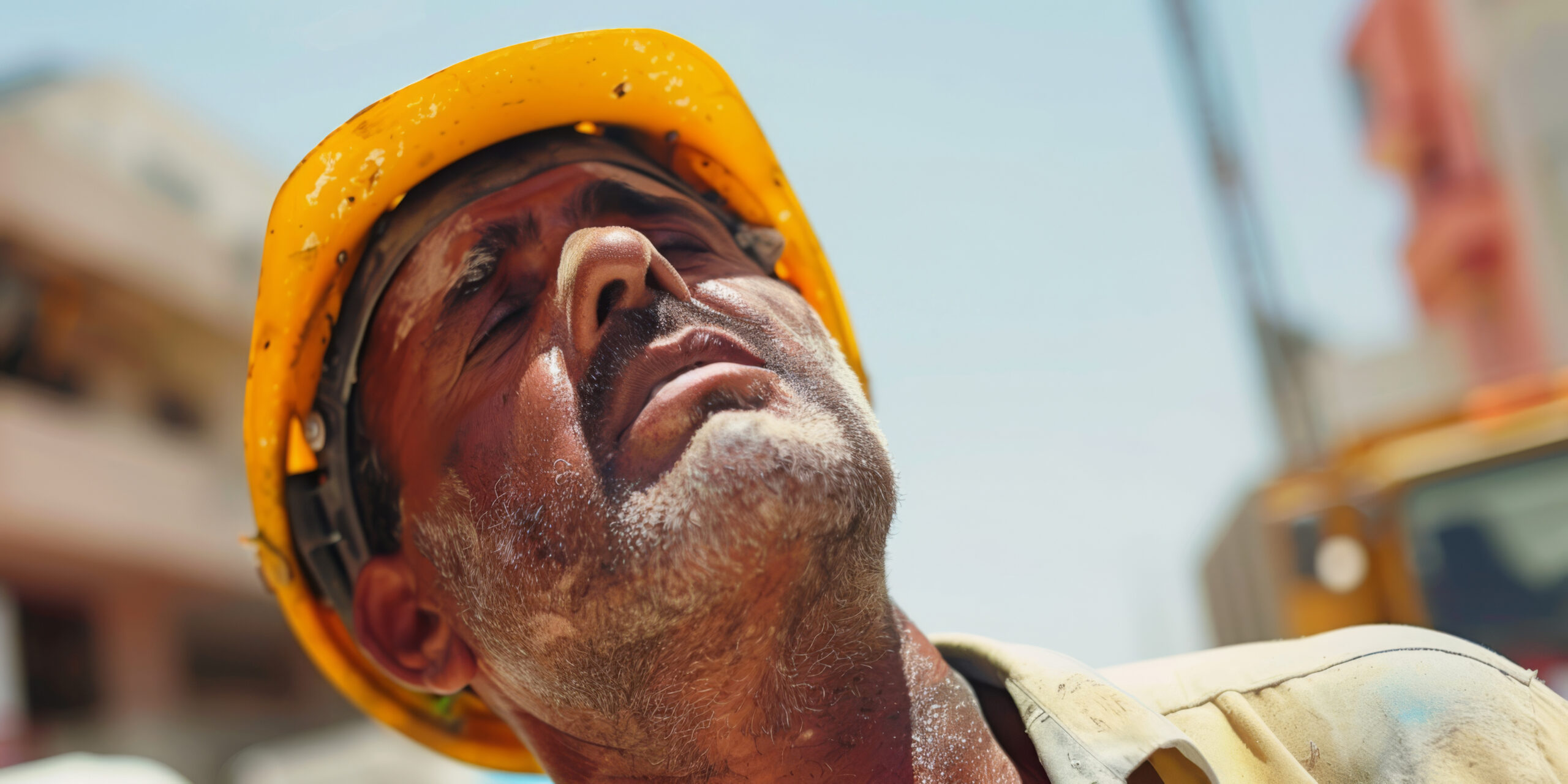Preventing Heat Illness at Construction Job Sites: A Vital Guide for Safety and Efficiency

The construction industry is no stranger to hard work and challenging conditions. One such challenge that demands careful attention is the threat of heat illness. Construction sites can become hotbeds for heat-related issues due to prolonged exposure to high temperatures and strenuous physical activities. Recognizing the early signs of heat illness is crucial to preventing its escalation into more severe conditions, ensuring the health and well-being of construction crews and maintaining the pace of the build.
Understanding the Different Forms of Heat Illness
Heat illness encompasses a range of conditions, from mild heat exhaustion to severe heat stroke, each with varying symptoms and severity. Here are the common forms of heat illness and their signs:
- Heat Cramps: Heat cramps are the mildest form of heat illness and are characterized by painful muscle spasms. Crew members experiencing heat cramps may have tense and tight muscles, usually in the abdomen, arms, or legs.
- Heat Exhaustion: Heat exhaustion is more serious and can result from prolonged exposure to high temperatures and inadequate hydration. Signs of heat exhaustion include heavy sweating, weakness, dizziness, headache, nausea, and clammy skin.
- Heat Stroke: Heat stroke is the most severe and life-threatening form of heat illness. It occurs when the body’s temperature regulation system fails, leading to a dangerously high body temperature. Symptoms of heat stroke include a rapid pulse, confusion, disorientation, unconsciousness, and hot, dry skin (the body stops sweating).
Treating Heat Illness in the Field
Immediate action is vital when heat illness is suspected. Here’s what construction crews should do in case of a heat-related emergency:
1. Move to a Cooler Area: If someone shows signs of heat illness, move them to a shaded or air-conditioned area immediately.
2. Hydrate: Offer the affected person water or a sports drink to rehydrate. Avoid caffeinated or alcoholic beverages, as they can worsen dehydration.
3. Cool the Body: Use damp cloths or mist the person’s skin with water and use fans to facilitate cooling. Applying ice packs to the armpits, neck, and groin can also help reduce body temperature.
4. Seek Medical Help: If symptoms persist, worsen, or if the person loses consciousness, call emergency services right away.
Construction site managers and crew members play a crucial role in preventing heat illness and ensuring the well-being of their team. Recognizing the signs of heat illness and taking immediate action can prevent mild conditions from escalating into life-threatening situations. By implementing safety measures, promoting hydration, and providing necessary training, construction job sites can remain safe and efficient, even under the scorching sun. Prioritizing the health of the crew will not only protect their lives but also contribute to the overall success of the construction project.
